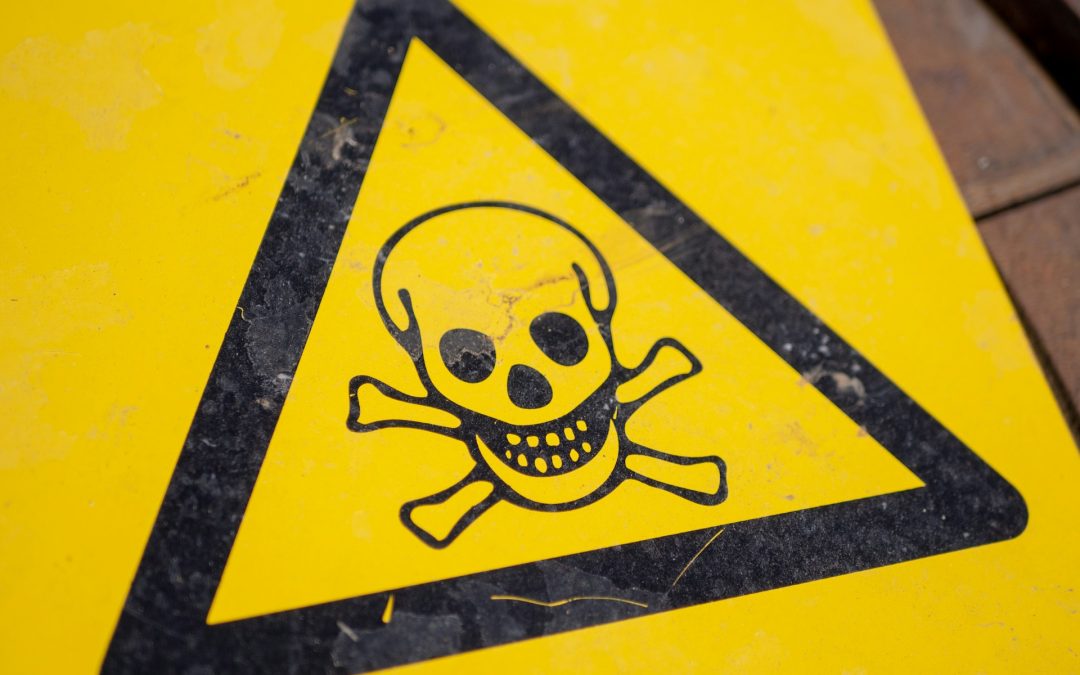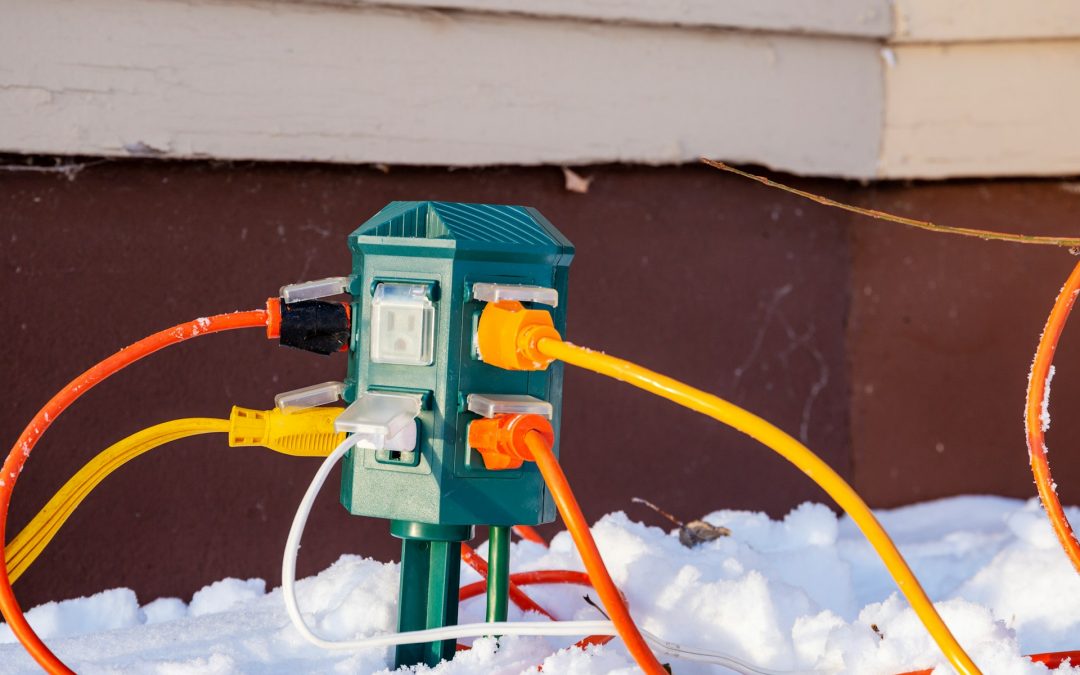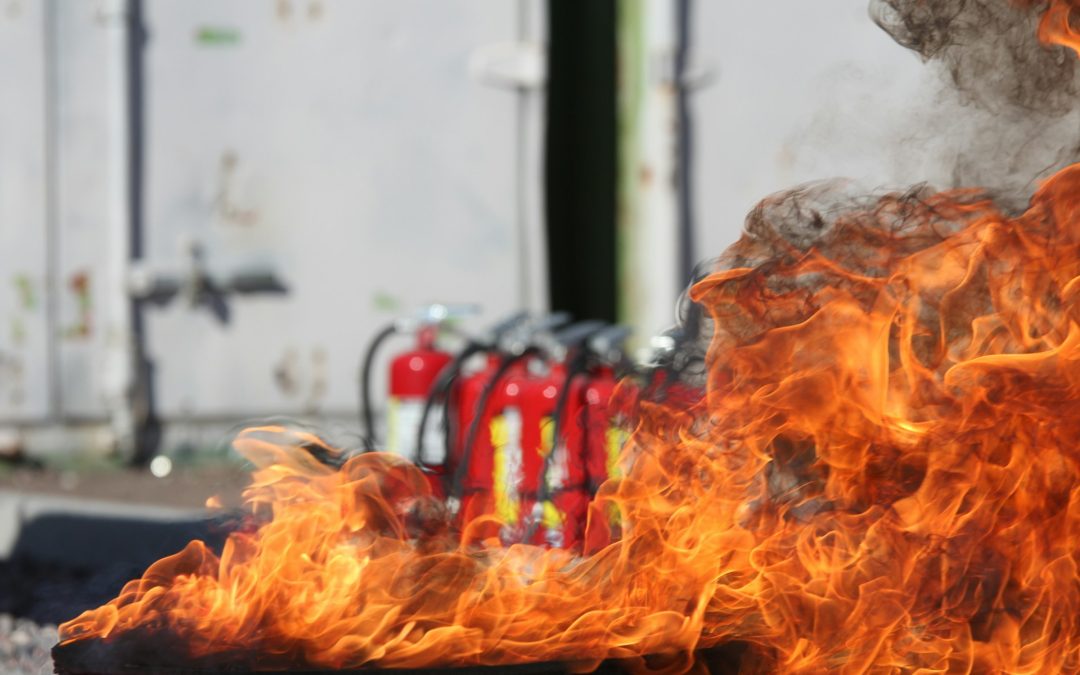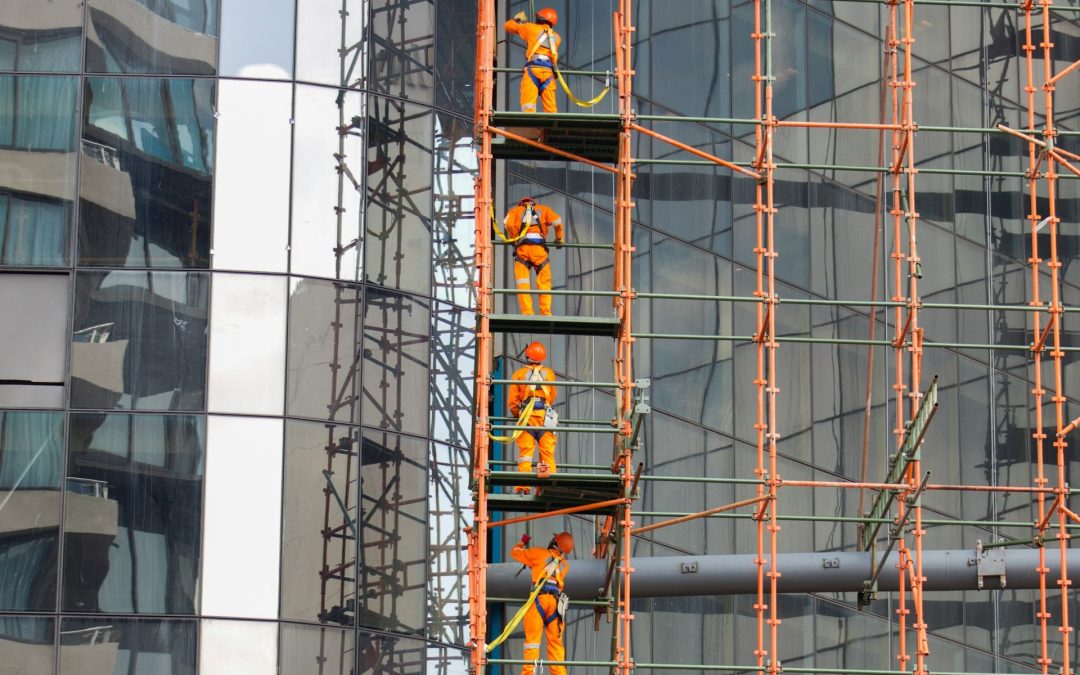
RCRA Recordkeeping Requirements for Waste Generators
Proper recordkeeping is the backbone of compliance under the Resource Conservation and Recovery Act (RCRA). Whether your facility produces 2, 200, or 2,200+ pounds of hazardous waste, your records are proof that waste is being identified correctly, stored safely,...

New York State’s Lithium-Ion Battery Safety Legislation
Last year, New York State passed a package of legislation aimed at increasing the safety of lithium-ion batteries. This move follows a wave of lithium-ion battery-related fires in recent years, particularly in urban areas where e-bike and micromobility device usage...

EPA Adds Additional PFAS to the Toxics Release Inventory (TRI)
The U.S. Environmental Protection Agency (EPA) has announced the recent addition of sodium perfluorohexanesulfonate (PFHxS-Na) (CAS 82382-12-5) to the list of chemicals covered by the Toxics Release Inventory (TRI). This update follows the addition of nine PFAS...

Don’t Plug These Six Appliances into Extension Cords
When it comes to household appliances, safety should always come first. Larger electrical devices, in particular, can be a significant fire hazard when plugged into extension cords or power strips. Knowing which appliances will need their own dedicated outlets is...

What You Need to Know About OSHA’s Proposed Heat Rule
It may surprise you to learn that the Occupational Safety and Health Administration (OSHA) has never had a nationwide standard for preventing heat-related illness and injury in the workplace – until now. OSHA has recently taken a major step toward protecting workers...

The Importance of Hands-On Fire Extinguisher Training
If you’re in charge of safety – whether at a job site in New Haven, a lab in Providence, or an office in downtown Boston – you’ve probably seen fire extinguisher training that checks all the boxes, but is not necessarily effective. You can show employees a few slides...

New Industrial Stormwater General Permit for CT
The Connecticut Department of Energy and Environmental Protection (DEEP) has announced a reissuance of the Industrial Stormwater General Permit (IGP). This general permit authorizes discharges from certain industrial activities and facilities based upon a site’s...

EPA Proposes Updates to TSCA Chemical Review Process
The Environmental Protection Agency (EPA) has proposed a new rule to change how it evaluates the safety of chemicals that are already in commerce under the Toxic Substances Control Act (TSCA). According to EPA Administrator Lee Zeldin, the goal is to provide a...

From Paper to Digital: Understanding EPA’s E-Manifest Updates
The EPA is adding new requirements related to their e-Manifest system, and they affect everyone. Whether you use paper manifests, electronic manifests, or a mix of both, there are two big changes in 2025 that you need to know about. These updates are designed to...

What’s Your Rescue Plan When Using Fall Protection?
Fall protection is a vital part of ensuring the safety of employees working at elevated heights. Past Walden blogs have covered fall protection inspection, training, violations, and more. Today, we turn to the following question: what happens if you actually fall?...
